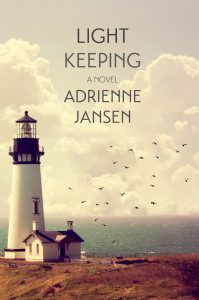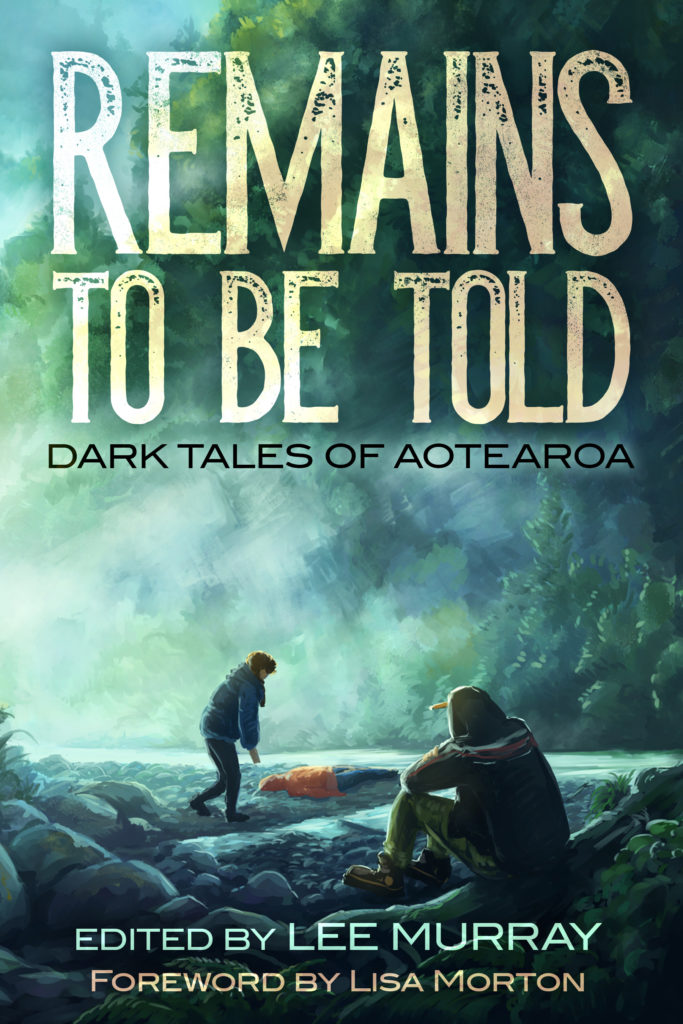Dark Continents Publishing is a new publisher of Dark Speculative Fiction, which they define as “Dark Fantasy, Horror (supernatural, Urban, and whatever other twist you can think to put on the genre) Science Fiction with a dark side. Basically, if it makes people squirm, it may well be for us.”
They are not open to unsolicited submissions until 1 May 2011, but they already have several books available, and one of them is a sampler of their current authors’ work, The Spectrum Collection.
Here is what the introduction has to say about The Spectrum Collection:
Welcome to the Spectrum Collection. People have asked us what “Dark Speculative Fiction” is. With this collection of stories from the authors of Dark Continents Publishing, we offer our definitions of that little phrase. Basically, we all write horror. Over the years however, we’ve all developed our own take on horror. You’ll find all our contributions here. From Sylvia Shults’ post-apocalyptic vampire story, to Simon Kurt Unsworth’s story of a cursed home, to the zombie stories contributed by myself and Adrian Chamberlin, you’ll find all the nooks and crannies of the horror world that make up our brand of literature. Our Dark Speculative Fiction. You’ll even find some bloody good poetry by Tracie McBride, Maureen (Mo) Irvine, and John Irvine. Carson Buckingham, Serenity J. Banks, and John Prescott round out the chills with their stories guaranteed to pump up your adrenaline.
So how does The Spectrum Collection live up to these claims? I found that my adrenalin was pumped up quite often, and there were definitely chills, but also that quite a few of the stories didn’t offer that adrenalin and outlet or those chills anywhere to go. In more prosaic language, while almost all the stories were well written, created a nicely scary/spooky atmosphere, and set up a premise that promised excitement and/or fear, a number of them didn’t resolve in a satisfying way.
I’m not a big reader of horror, but I’ve read enough to know that there are two kinds of horror story that work for me: the Stephen King kind, in which the author creates one or a small group of characters the reader cares about, and then puts them in grave jeopardy; and the H. P. Lovecraft kind, in which the characters are much less important and the horror comes from the revelation that vast and inimical cosmic forces wish us all the deepest harm.
(Of course, there are crossovers: Stephen King wrote several Lovecraft pastiches, including “Rats in the Walls”, and “Crouch End”, which memorably melds Lovecraftian horror with the unease of an American adrift in London. For that matter, the great Jorge Luis Borges, whose work often has an element of cosmic horror, acknowledged the influence of Lovecraft on his work and wrote a story dedicated to Lovecraft, “There Are More Things”, published in The Book Of Sand (1975).)
The Lovecraft style is well suited to short stories, because it’s hard to keep up an air of cosmic menace for a whole novel without it tipping over into bathos or silliness. The Stephen King signature style, on the other hand, is better suited to long narratives – of at least novella length – to give time to build up the characters before putting them, and the reader, through the wringer.
Another significant difference between the two styles is that the Stephen King approach usually ends with the survival of one or a few of the characters we care about, while the characteristic Lovecraftian ending has the narrator frantically scribbling the final words of the story as the three-lobed burning eye/giant space octopus/shambling gelatinous horror oozes across the threshold to end story and narrator alike.
Most of the stories in The Spectrum Collection are closer to the Stephen King approach than the H.P. Lovecraft approach, and as none of them are very long, that means that each author has taken on a very challenging task. I felt that a number of the stories did a good job of setting up the characters and the situation, and then fizzled out, either not advancing the story to a satisfying conclusion or coming up with an ending that I’d seen too many times before.
The two stories that made the most satisfying whole for me were “The End” by Serenity J. Banks, and “The Bodymen” by Adrian Chamberlin. “The End” is what Cormac McCarthy’s The Road might be like if retold from the cannibals’ point of view – but it’s not as obvious as that little synopsis makes it sound, and within a general atmosphere of doom and dread, the story still goes to places I didn’t expect.
“The Bodymen” has a tremendous setting for a horror story, a crematorium for dead animals. I once worked for a few weeks at a freezing works coolstore, and I can tell you that they are not great place to be alone at night if you have a vivid imagination. (I still haven’t written my own story based on that experience…). Adrian Chamberlin does a great job of taking his already spooky setting and piling up the horror on top of it. I found the plot a bit confusing in a couple of places, but I was still creeped out by the overall effect.
Other stories I enjoyed included “Wild Goat Curry” by John Irvine, which is short but nasty, and “The Elms, Morecambe,” by Simon Kurt Unsworth; while I think the author could have done more with the premise of this ghost story, the atmosphere of pain and regret is well described.
In the poetry, Tracie McBride’s “Tooth Fairy” isn’t one you want anywhere near your child’s pillow, and “My Sister Doesn’t Live There Anymore,” by John Irvine, is a strong narrative poem.
So, in summary: there are some very strong pieces here, plus some that are underdeveloped, but nevertheless plenty to suggest that the authors represented here, and Dark Continents Publishing, are worth watching out for.


